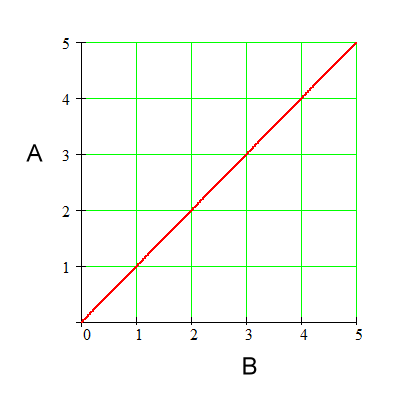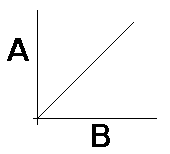I wanna feel the car crash. I wanna feel the capsize. I wanna feel the bomb drop. The earth stop 'til I'm satisfied. I wanna feel the car crash
'Cause I'm dyin' on the inside. I wanna let go and know. That I'll be alright, alright.
Anyone know Car Crash by Matt Nathanson? That song, is of course, not the topic of this post today, but a car crash is the topic of the last lab. First of all, my team (group, people at my table... whatever you prefer. Team sounds good to me right now) and I decided to make this lab much harder than it needed to be. We decided to take 4 meter sticks, form them into a right angle, and measure the angles the cars needed to be at to hit at a certain point. The trick was we could not have both cars, one that is fast and the other slow, being tested at the same time, but, we were tricked again!! We did not need any measures or angles. All we needed was a different start time for each car! As a team, we decided how much faster car A was when it reached 2 meters compared to B. After deciding the time, we decided to start the slower car first based on logical reasoning. The faster car would go a further distance in less time than the slower car, so it would be logic to start the slower car first.
Then, our teacher said the cars movement, if not in a straight line, was not his fault. I took this as a hint. I knew that we needed some type of estimated measurement that would make the cars crash at a certain point with the drifting. The cars each drifted to the right about 7 cm. Again, using logical reasoning, the cars should be placed 7 cm to the left of the starting position to crash at the final point.
Out of about 6 groups, 2 or 3 succeeded in making their cars crash. I must say, that car crash gave me a little of a confidence boost in the physics classroom. For the first time, I was 100% confident in my abilities and was actually proud. Without hardly any direction and a crazy scenario, my team and I created a car crash based on stuff we learned, but did not really know we learned. I guess my outlook on physics has changed quite a bit. I think Thanksgiving break was something I really needed.
I can't get over these jokes! If you want to be able to get them, look at 2 blog posts ago! *wink wink* Have a laugh. Leave a comment.














